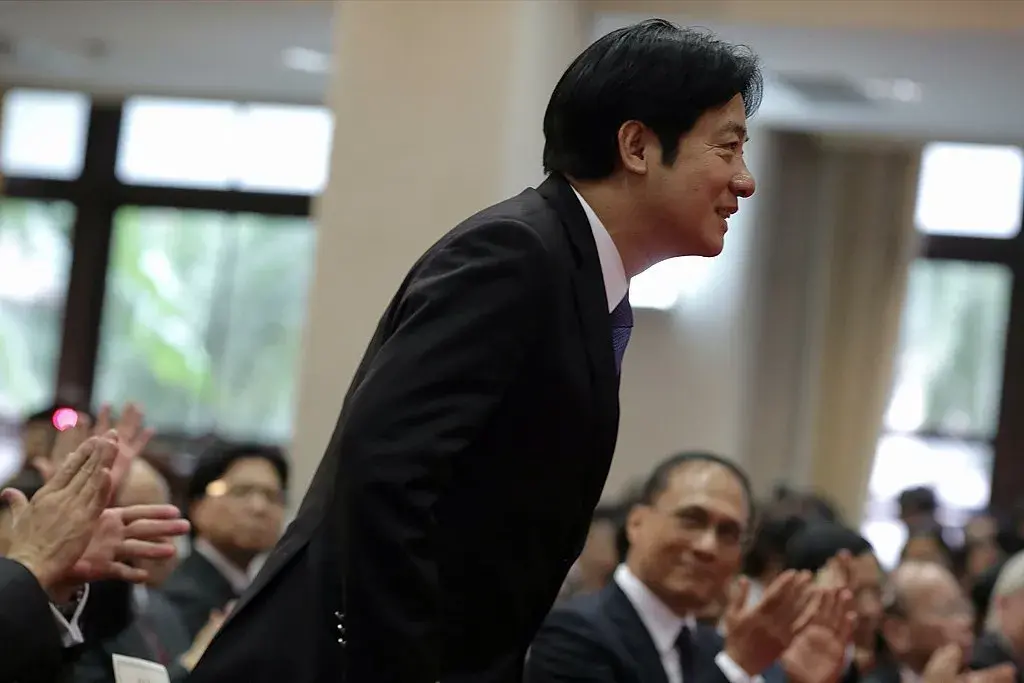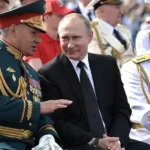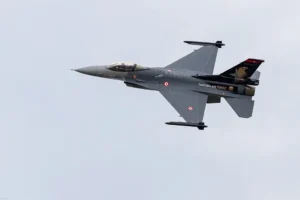Despite China’s opposition, Taiwan’s voters elected today Lai Ching-te as their new president.

Lai Ching-te, the presidential candidate of the ruling Democratic Progressive Party (DPP), won the election in Taiwan, despite China’s strong opposition to his candidacy. China said it would continue to pursue its goal of “reunification” with the island.
The DPP, which advocates for Taiwan’s distinct identity and sovereignty, was aiming for a third consecutive four-year term, which has never been achieved under Taiwan’s current electoral system.
However, the DPP faced public dissatisfaction over domestic issues such as high housing prices and low wages after being in power for eight years. As a result, the DPP lost its majority in the parliament, which will make it more difficult for Lai to pass laws.
Lai also only received 40% of the vote in Taiwan’s first-past-the-post system, unlike the current President Tsai Ing-wen, who won more than 50% of the vote in a landslide victory four years ago.
Nevertheless, Lai celebrated his win.
“We have created a new chapter for Taiwan’s democratic history,” Lai, who had been leading in the polls, said to reporters after his opponents conceded.
Lai said he would keep the status quo in the cross-strait relations, but that he was “committed to defending Taiwan from China’s coercion and threats”.
He also stressed the importance of cooperation and dialogue with Beijing on an equal footing to “replace conflict”, but he did not provide any details.
Before the election, China criticized Lai as a dangerous separatist, and urged the Taiwanese people to choose wisely while warning of the “severe damage of the DPP’s ‘Taiwan independence’ stance”. They also repeatedly rejected Lai’s invitations for talks.
China’s Taiwan Affairs Office responded to Lai’s election in a softer tone and did not mention his name, saying that the results showed that the DPP “could not represent the mainstream public opinion” in Taiwan.
“Our position on resolving the Taiwan issue and achieving national reunification is unchanged, and our resolve is as strong as ever,” it said.
However, it also said China would cooperate with “relevant political parties, groups and individuals” from Taiwan to enhance exchanges and cooperation, and “promote the peaceful development of cross-strait relations and the cause of national reunification”.
Taiwan’s election occurred amid rising geopolitical tensions between Beijing and Washington.
The arms race and military pressure across the Taiwan Strait and on the island that Beijing considers its “sacred” territory are likely to continue.
Since the previous election in 2020, China has conducted an unprecedented level of military activities in the Taiwan Strait, including two rounds of large-scale war games near the island.
Lai, however, said “only peace will benefit both sides”.
There was a festive atmosphere among a crowd of enthusiastic supporters outside Lai’s campaign headquarters.
“The DPP is the only party that can truly protect Taiwan,” said tattoo artist Cony Lu, 28, who cried tears of joy. “So many people are willing to stand together to preserve Taiwan’s sovereignty.”
Lai acknowledged that losing its parliamentary majority, the DPP had “many areas that need improvement”.
He also extended a hand to his rivals, saying he would include talent from their parties.
Lai said he would work with his electoral opponents, Hou Yu-ih of Taiwan’s largest opposition party the Kuomintang (KMT) and former Taipei Mayor Ko Wen-je of the Taiwan People’s Party (TPP), to solve the problems Taiwan faces.
Taiwan’s media reported that the DPP won 51 seats, the KMT won 52 seats, and the TPP won eight seats.
Ko seemed willing to cooperate with Lai.
“The TPP will play the role of a constructive minority, without being fixed on who we collaborate with,” Ko said to reporters after conceding. “We’ll look at the issues. Whoever speaks reasonably, we will support.”







